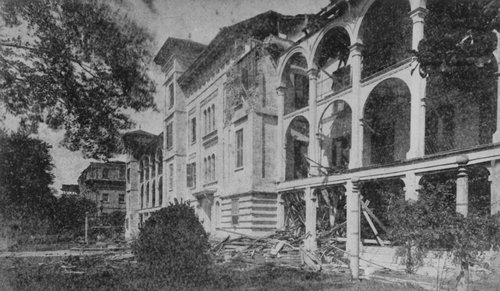
<br/>
Faults and Fractures: The Medical Response to the Charleston Earthquake of 1886
<br/>
<br/>

On August 31, 1886, a massive earthquake centered near Charleston, South Carolina, sent shock waves as far north as Maine, down into Florida, and west to the Mississippi River. The entire Lowcountry was devastated by the quake, now estimated to have been more powerful than the earthquake that killed hundreds of thousands in Haiti in 2010.
<br/>
Among the first to respond to the earthquake were the city’s doctors and nurses who cared for those killed or wounded by falling buildings as well as those left homeless amid the ruins.
<br/>
"
Faults and Fractures
" highlights the public health response to the largest earthquake to strike the east coast of the U.S. in recorded history. This exhibit presents through archival records, period photographs, and newspaper engravings the ways that the Charleston health care system was affected by the state’s worst natural disaster.
<br/>
(Image Description:
Roper Hospital
after the Charleston Earthquake of 1886.)
